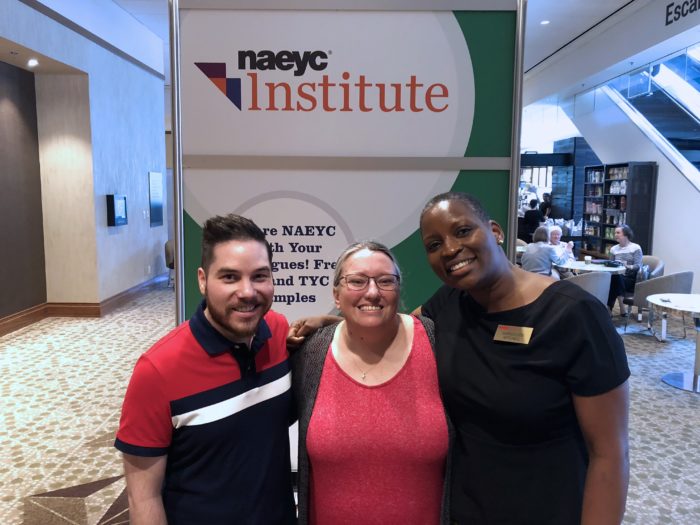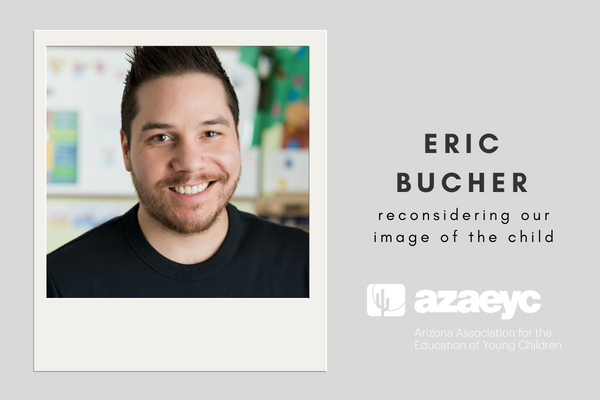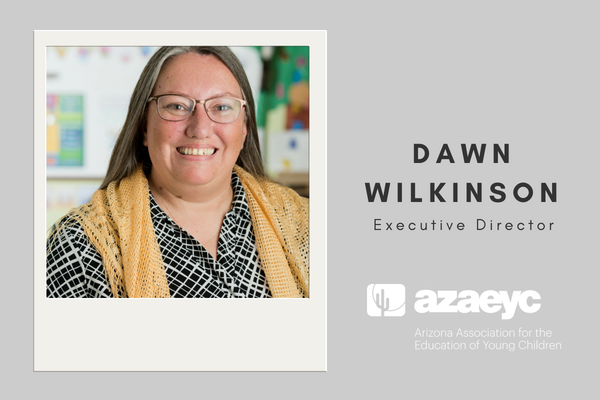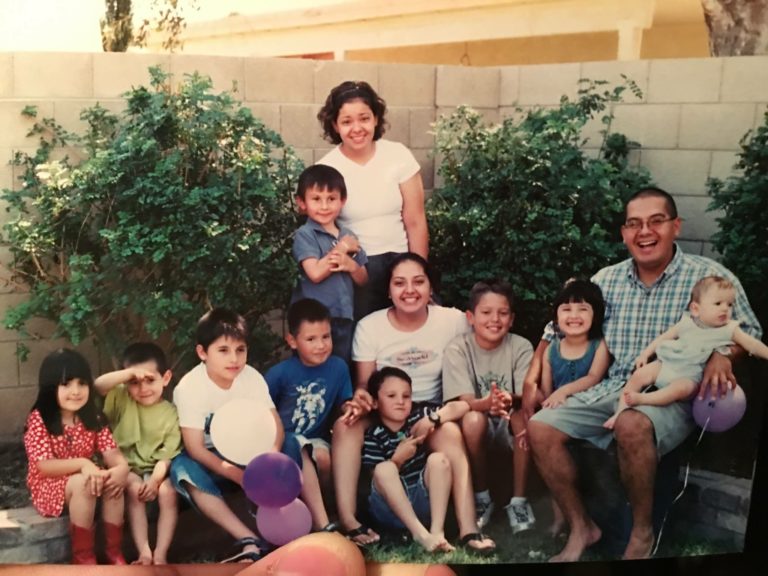By Eric Bucher | June 29, 2018
Consider the image of the child. At the 2018 NAEYC Professional Learning Institute (PLI), emergent bilingual learners and equity served as common themes. How do these concepts connect? After attending PLI, I have a renewed passion and commitment. I feel called to action.
During the past decade, the number of non-English speakers, or emergent bilingual students, has grown at a rapid pace. Nearly 25% of students in the United States speak a language other than English at home. So at some point, all teachers, from the early years through high school, will encounter emergent bilingual students in their classrooms.
Because of these changes, teachers will need to learn new strategies for teaching. They’ll need to consider the histories, family backgrounds and the unique experiences of these children so they can be effective in the classroom. That may mean reassessing of the image of the child we carry in our own minds.
Loris Malaguzzi, founder and director of the renowned municipal preschools of Reggio Emilia in Italy believed that we all have an image of the child in our minds and our hearts, one that directs how we relate to the child, listen to, observe, and construct environments. Malaguzzi believed that this theory causes us to behave in specific ways around young children. In fact, he notes that shifting our thinking from this internal image can be difficult.

In her opening plenary speech at PLI, Dr. Sonia Nieto, Professor Emerita of Language, Literacy and Culture at the School of Education, University of Massachusetts Amherst, recommended a few concrete strategies and researched-based methods to teach emergent bilingual learners. Dr. Nieto, a leading author and teacher in the field of diversity, equity and social justice in education, asked attendees to consider an alternative narrative for our image of the child. Often, children who come from different backgrounds are categorized by negative assumptions about their abilities, their cultures, their families. Dr. Nieto encouraged us, as early childhood advocates, to challenge that way of thinking by reflecting on our own image of children.
Do we see children as empty vases needing to be filled, or do we see children as complex human beings full of ideas and possibilities? Do we see families who do not speak the same language as we do as barriers or as linguistic and educational resources?
What if we saw children and their families not “at risk” or as “needy” but rather as bearers of rich cultural contributions? What if we considered their strengths rather than their weaknesses?
We can make an impact on the national early education conversation in solidarity together. We can reflect on our image of the child with our colleagues and friends.
Do we see children as deserving, capable, and competent? We can actively seek to deepen our understanding of the strengths and cultures of children and families by listening, being open, and valuing reciprocal relationships.
These are important steps in starting to design culturally responsive, inclusive, and affirming early learning experiences for all of our children and families.
For additional information, log in to your NAEYC membership account, and access the PLI resources and presentations here.
Find anti-bias education resources here.
Want to get involved and make a difference here in Arizona? Join us!
Eric Bucher serves as Board President-Elect of AzAEYC.



